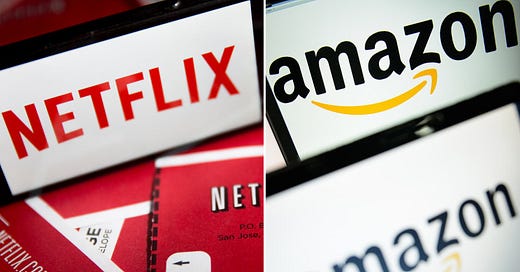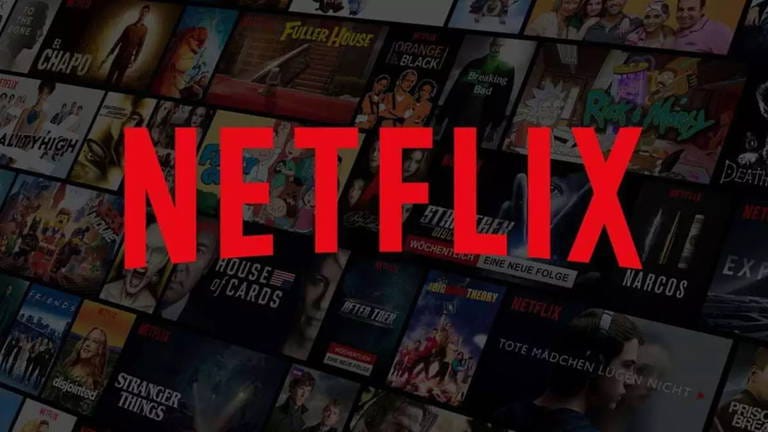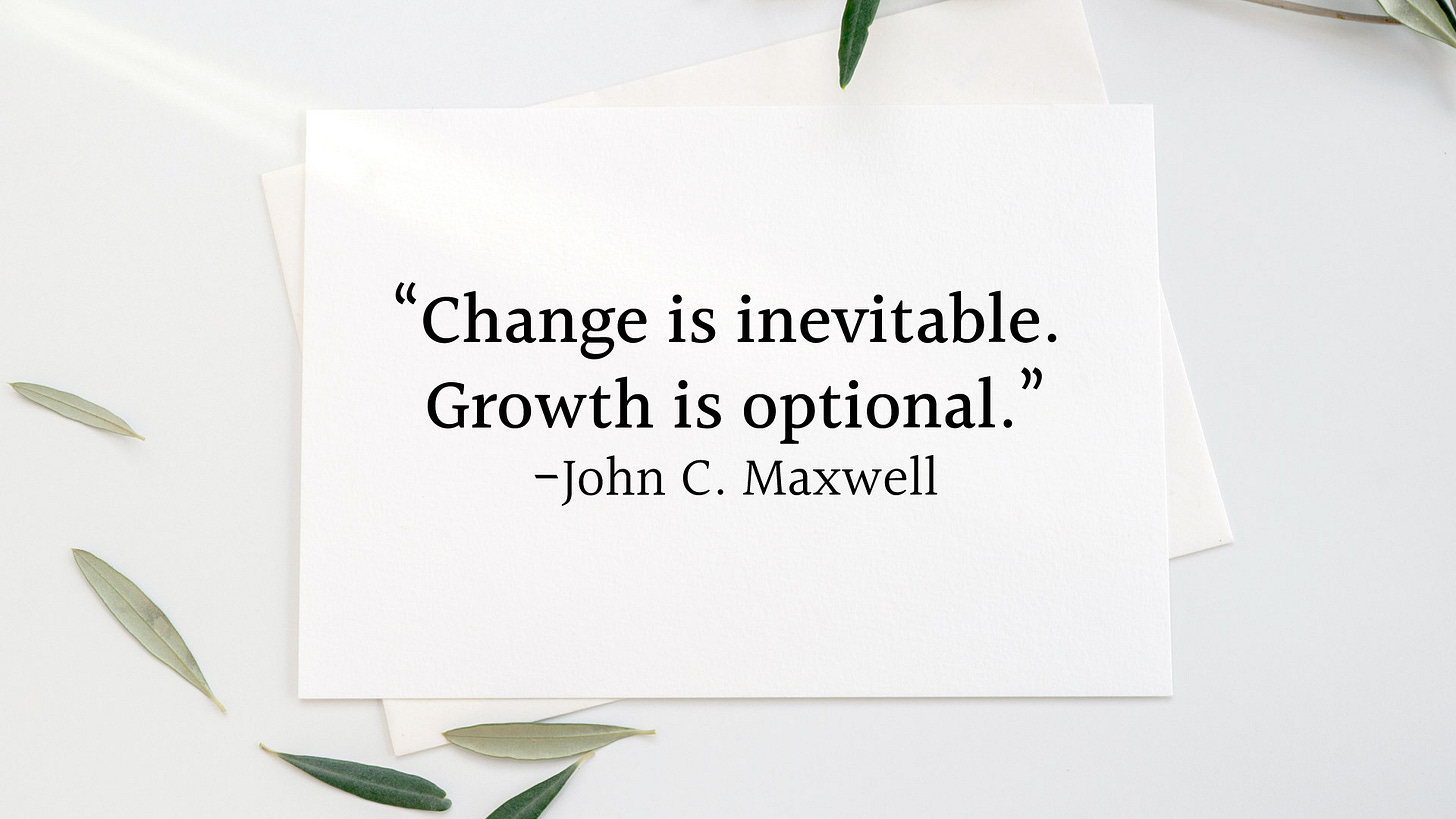Introduction
In today’s fast-paced digital world, standing out requires more than traditional marketing tactics—it demands a personalized approach that speaks directly to each customer. Artificial Intelligence (AI) and machine learning have revolutionized how brands connect with their audiences by transforming raw data into tailored experiences.
1. The Power of Hyper-Personalization
Hyper-personalization is the next frontier in digital marketing. It moves beyond broad customer segmentation to deliver real-time, individualized experiences. AI and machine learning algorithms can analyze vast amounts of data to enable you and your brand to predict customer needs. You can then use this information to present highly relevant content, offers, or product recommendations to your audience.
Why It Matters:
Enhanced Customer Experience: Personalized interactions create a sense of recognition and care, leading to stronger brand loyalty.
Improved ROI: Targeted messaging means marketing budgets are spent more efficiently, reaching those most likely to convert.
Competitive Edge: In a saturated market, hyper-personalization sets brands apart by delivering unique experiences that resonate on an individual person level.
2. Amazon: Mastering the Art of Personalization
Amazon is a pioneer in using AI for hyper-personalization. Its recommendation engine is legendary! This ever-evolving tool continuously learns from customer behavior to suggest products that align with individual preferences. I mean, don’t you like it when Amazon just offers you a list of alternative items that you might purchase?
Key Examples from Amazon:
Personalized Recommendations: When you browse Amazon, the “Customers who bought this also bought…” section isn’t random. It’s powered by sophisticated algorithms that analyze customer’s purchase history, search queries, and even time spent on a product page to offer highly relevant suggestions.
Dynamic Email Campaigns: Amazon leverages machine learning to send personalized emails. Whether it’s a reminder about a viewed product or tailored deals based on previous purchases, every email is designed to feel uniquely crafted for the recipient.
Adaptive Website Experience: Amazon’s dynamic layout uses real-time data to showcase products and categories that are most likely to interest customers, tailoring the homepage to the individual’s interests.
These personalized experiences have helped Amazon build unparalleled customer loyalty and drive repeat purchases, proving that a data-driven approach to personalization can be a game changer in e-commerce.
3. Netflix: Personalization That Keeps You Binge-Watching
Netflix has redefined content consumption through its hyper-personalized recommendations. By harnessing machine learning, Netflix curates content for individual tastes and adapts its user interface based on viewing habits.
Key Examples from Netflix:
Tailored Content Suggestions: Netflix’s recommendation algorithm analyzes customers' viewing history, search patterns, and even the time they spend on different titles to suggest movies and shows they are likely to enjoy.
Dynamic Thumbnails: Netflix experiments with different thumbnail images for the same show, selecting the one that resonates best with individual users based on their past interactions.
Personalized Playlists: The “My List” feature isn’t just a static list of shows; it evolves with the person’s viewing patterns, ensuring that the curated list remains relevant and enticing.
Netflix has significantly increased user engagement and retention by creating a unique viewing experience for each subscriber. They really show us how deep personalization can turn content consumption into an addictive, enjoyable experience. Thinking of your Netflix usage and experience, do you agree?
4. How can you win?
The most important part of this post is to help you, guide you to the right tools, and advise you on leveraging AI and hyper-personalization to benefit your brand. Here are our key takeaways.
Start Small: Begin with a few personalization initiatives—like tailored email campaigns or dynamic website content—and gradually expand as you gather data and insights. You could also launch a pilot campaign using your existing customer data to test personalized emails or website content.
Segment Your Audience: Not all personalization needs to be one-to-one. Start by segmenting your audience into key groups and tailoring messages accordingly. Your audience segmentation can be based on behavior, demographics, and preferences. You could also segment a group of customers using one of your products/ services and target them to offer another one from your portfolio.
Integrate Cross-Channel Personalization: Ensure that personalization efforts span all customer touchpoints, from the website and email to social media and in-app experiences.
Customer-Centric Mindset: Always put the customer at the center of your strategy. Authentic, personalized experiences foster trust and long-term loyalty!
Train Your Team: If your business has more than one marketing team member, you need to ensure that everyone is on the same page and trained equally. Your marketing team should also be up to date on the latest AI and machine learning trends and how you are using them to your advantage.
Monitor and Refine Continuously: As you probably know, nothing should be set in stone! Use analytics to track the performance of your personalization strategies and iterate based on real-time feedback from your audience.
Conclusion
Hyper-personalization driven by AI and machine learning isn’t just a trend—it’s a transformative approach to reshaping digital marketing. Amazon and Netflix lead the way, proving that tailoring experiences to individual needs can drive engagement, loyalty, and revenue. As you plan your digital strategy, remember: the future of marketing lies in understanding your customers deeply and delivering exactly what they need, when they need it.
Embrace data, experiment with personalization, and continuously refine your approach. With the right tools and mindset, you can revolutionize your marketing efforts and create experiences that truly resonate with your audience.
How will you harness the power of AI for hyper-personalization in your brand? Share your thoughts and let’s spark a conversation on the future of marketing.







